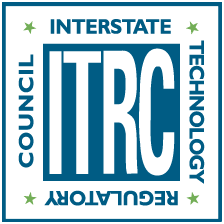Navigating this Website
Frequently Asked Questions
How does the navigation work?
▼Read more
How do I view separate parts of the document in separate screens?
▼Read more
What is the suggested citation for this document?
▼Read more
How do I access the P&T website (what is the site URL)?
▼Read more
Can I bookmark parts of this guidance?
▼Read more
How do I print from this document?
▼Read more


